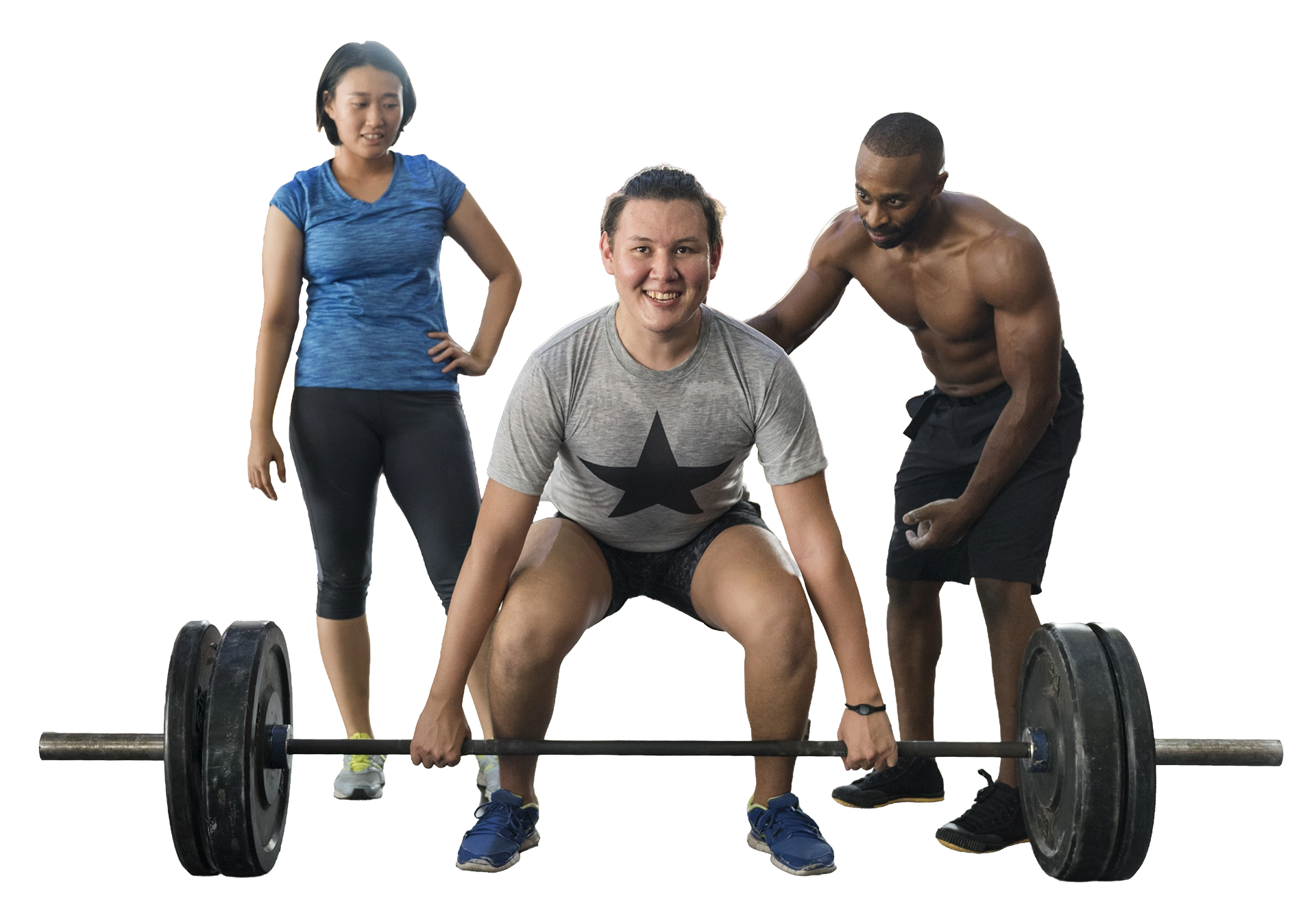Training
3 Steps to Quick and Effective Workouts for Busy Clients
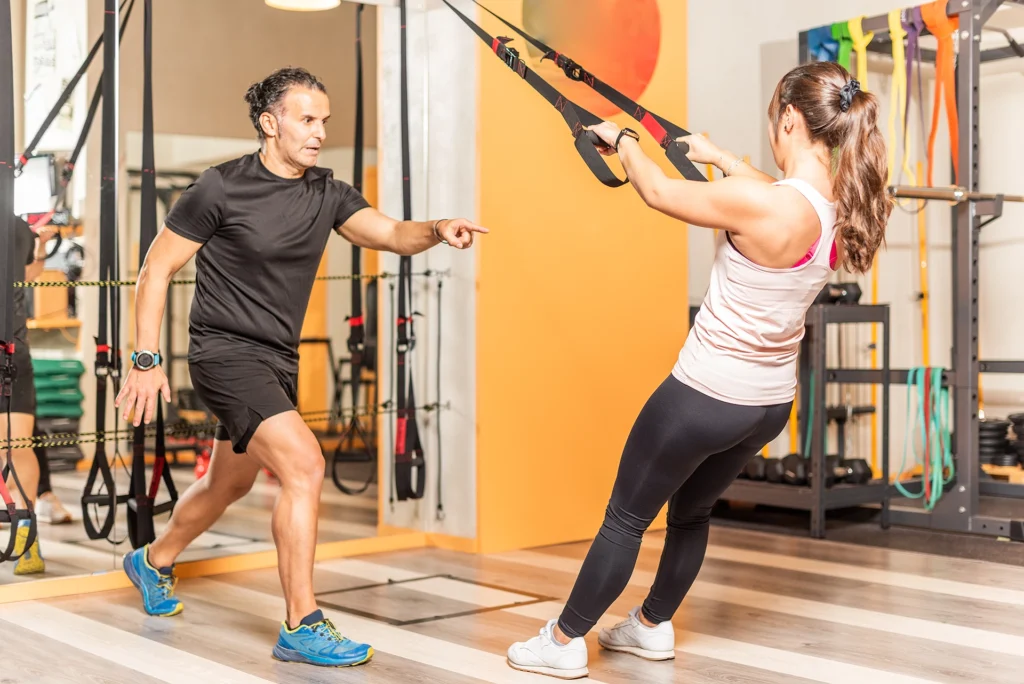
Stick to compound exercises
When it comes to resistance training, compound exercises should be the crux of your program. Variations of the following exercises allow you to hit all major muscle groups with just three exercises:
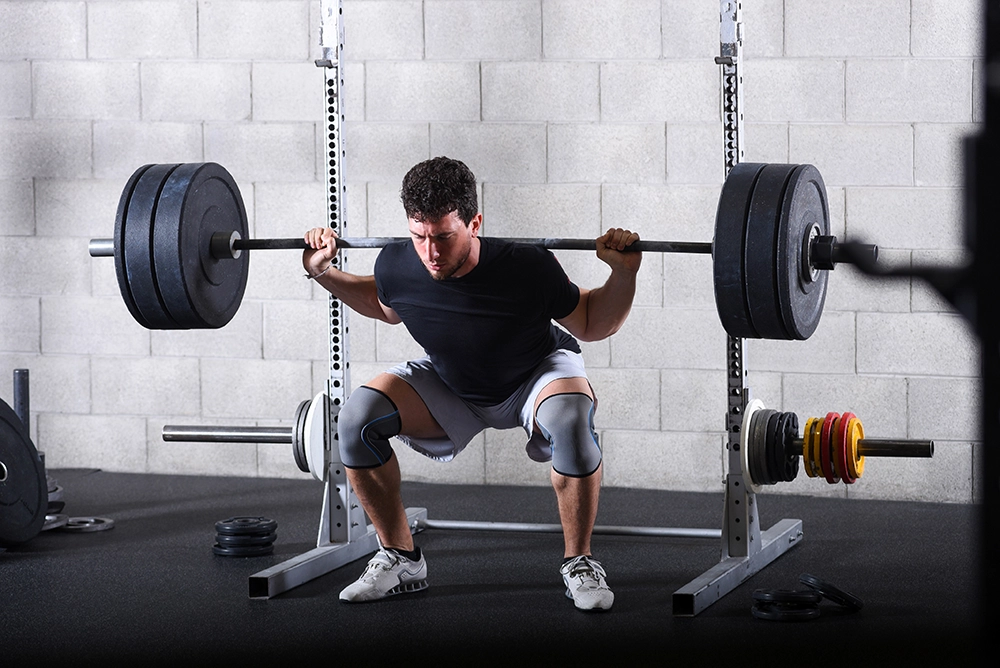
Back squat

Deadlift
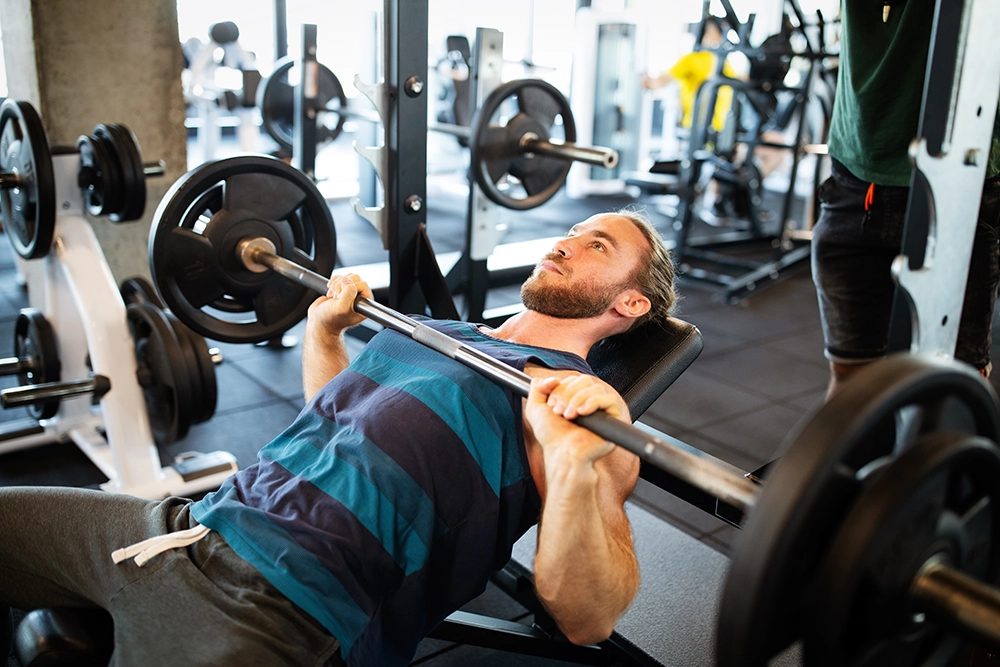
Bench press
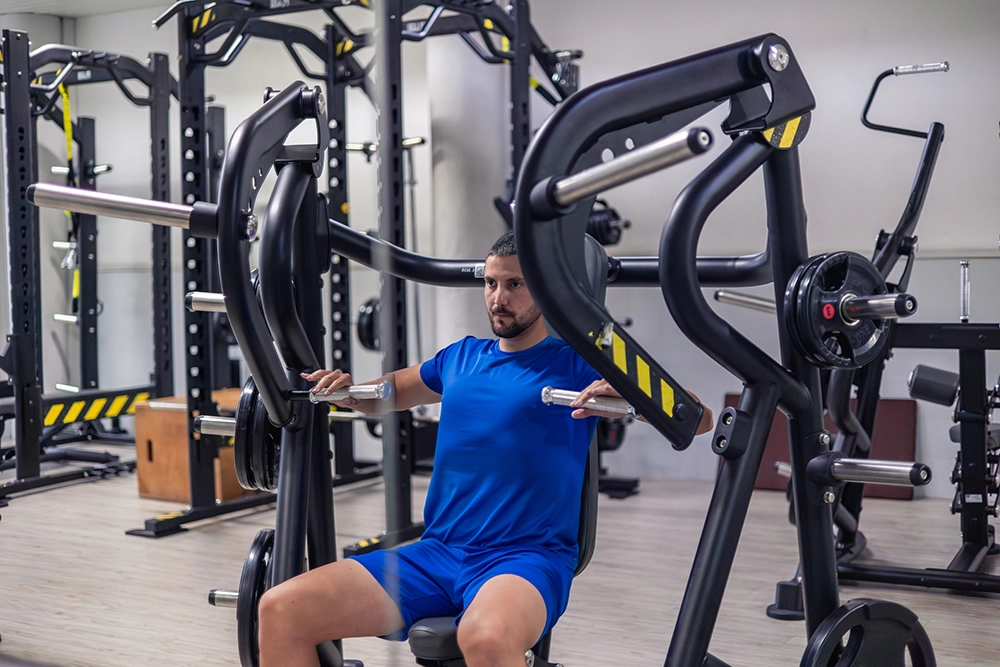
Shoulder press
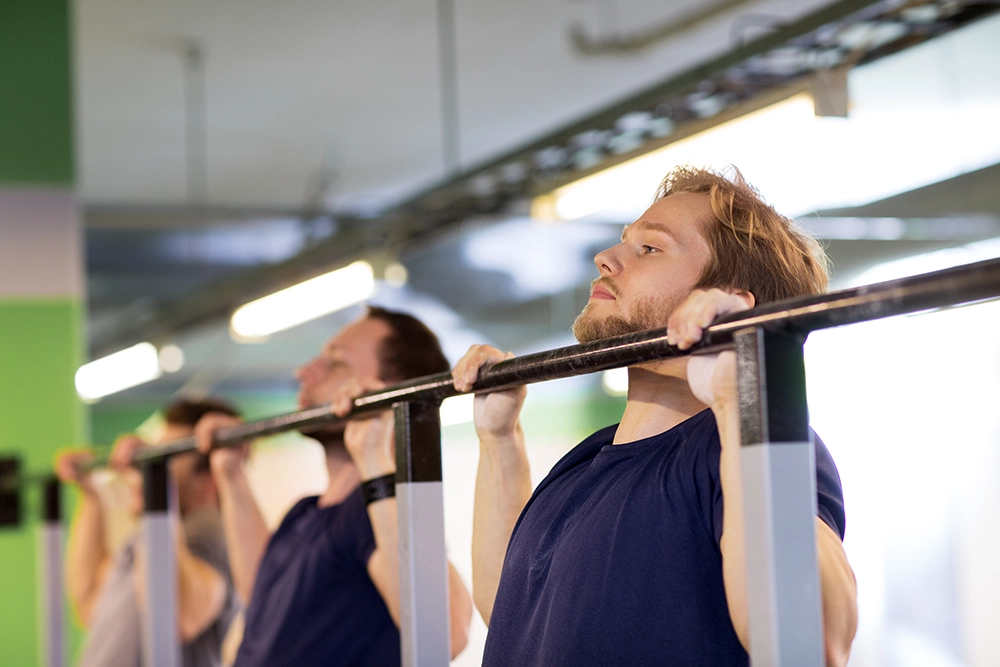
Chin up

Seated row
If I had a client who could train for 30 minutes, two times per week and wanted to build muscle mass, I would recommend using compound exercises that focus on key muscle groups twice per week.
Managing Sets, Reps and Rest Periods
Exercise selection goes hand in hand with your training variables. These should relate as best you can to the client’s goals, however you will likely need to compromise on certain things, including rest periods or large amounts of sets. Limit sets to three at the absolute most, and two minutes is going to be the longest rest period allowed.
Here is an example of two full body sessions that can be completed within 30 minutes:
| Full Body Session 1 (Monday) | Sets x Reps | Estimated Exercise Time | Rest |
|---|---|---|---|
| Warm Up | 1 | 5 mins | 1 min |
| Squat | 3 x 6 | 3 mins | 2 mins |
| Bench Press | 2 x 6 | 2 mins | 2 mins |
| Bent Over Row | 2 x 6 | 2 mins | 2 mins |
| Lateral Rise | 2 x 8 | 2 mins | 1 min |
| Total Time | 30 minutes |
| Full Body Session 2 (Thursday) | Sets x Reps | Estimated Exercise Time | Rest |
|---|---|---|---|
| Warm Up | 1 | 5 mins | |
| Deadlift | 3 x 6 | 3 mins | 2 mins |
| Bench Press | 2 x 6 | 2 mins | 2 mins |
| Chin Up | 2 x 6 | 2 mins | 2 mins |
| Lateral Rise | 2 x 8 | 2 mins | 1 min |
| Total Time | 30 minutes |
Estimating each set takes around 1 minute (which is generous for sets of less than 12), these 4 exercises would take 24 minutes. Add 6 minutes for a warm up, as well as a quick warm up set for each exercise, and you’ll be finished within half an hour.
Fitting in a worthwhile resistance-based session comes down to selecting appropriate exercises and making sure to maximise the work sets. Make sure you are taking the 2 or 3 sets within 1-2 reps of failure.
Now let’s look at a slightly different example where an individual has more of a general health goal and they are looking for a combination of resistance and cardiovascular training. Here is what a Workout Structure could look like:
- Warm up = 5min
- Block 1 = 10 minutes
- Rest = 3 minutes
- Block 2 = 10 minutes
In this type of session, it is best to provide 3 or 4 exercises, allowing the client to complete these as a mini circuit. Completing the circuit as many times as possible in 10 minutes.
Here is a more detailed example:
Block 1:
- Back Squat x 8
- Bench Press x 8
- Farmers Carry 30 seconds
Complete the above exercises as many times in 10 minutes.
Rest:
Take 3 minutes to recover and rehydrate
Block 2:
- Romanian Deadlift x 6
- Bent Over Row x 5 each side
- Skipping 60 seconds
Complete as many rounds in 10 minutes.
This option can be very versatile. Simply by adjusting the reps, weight and exercise selection, you can focus the session outcome on a hypertrophy or cardiovascular goal, or keep it as a bit of a mix.
Supersets
You can’t have an article on maximising time in the gym without mentioning supersets. These can be your best friend when looking to create efficient sessions.
The session example below utilises supersets to fit a large amount of work in a small-time frame:
Superset 1:
1a = Goblet Squat x 10
1b = Chest Supported DB Row x 10
(rest 2 minutes, repeat 3 times)
Superset 2:
2a = Barbell Shoulder Press x 10
2b = Romanian Deadlift x 10
(rest 2 minutes, repeat 3 times)
Superset 3:
3a = Medicine ball slams x 10
3b = Farmers walk -30 seconds
(rest 1 minute, repeat 3 times)
This session would take less than 35 minutes, hits all major muscle groups and incorporates a bit of cardiovascular work at the end.
Ultimately, an effective workout doesn’t have to be a long one. Whilst you can definitely cover more exercises, sets and reps over an hour’s session, you can still put together a short workout that has tangible strength or cardio outcomes when you’ve only 30 minutes to spare.
